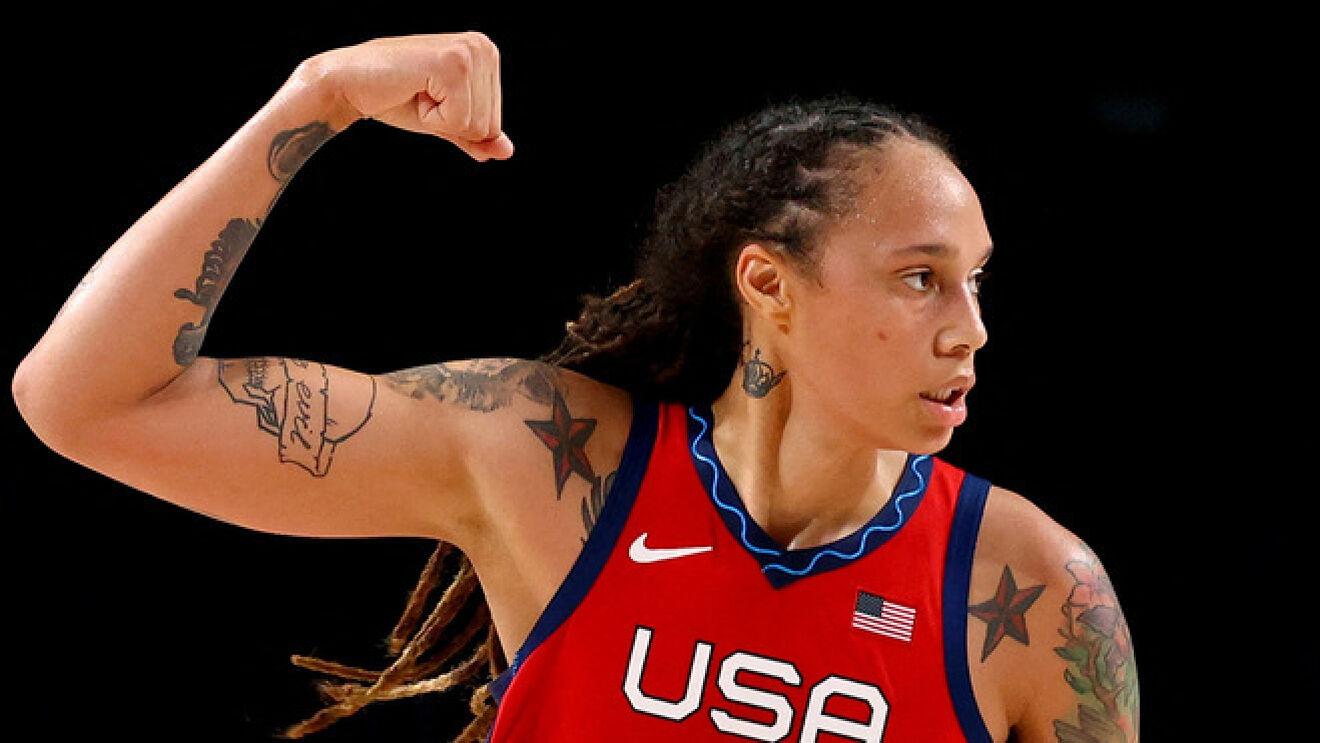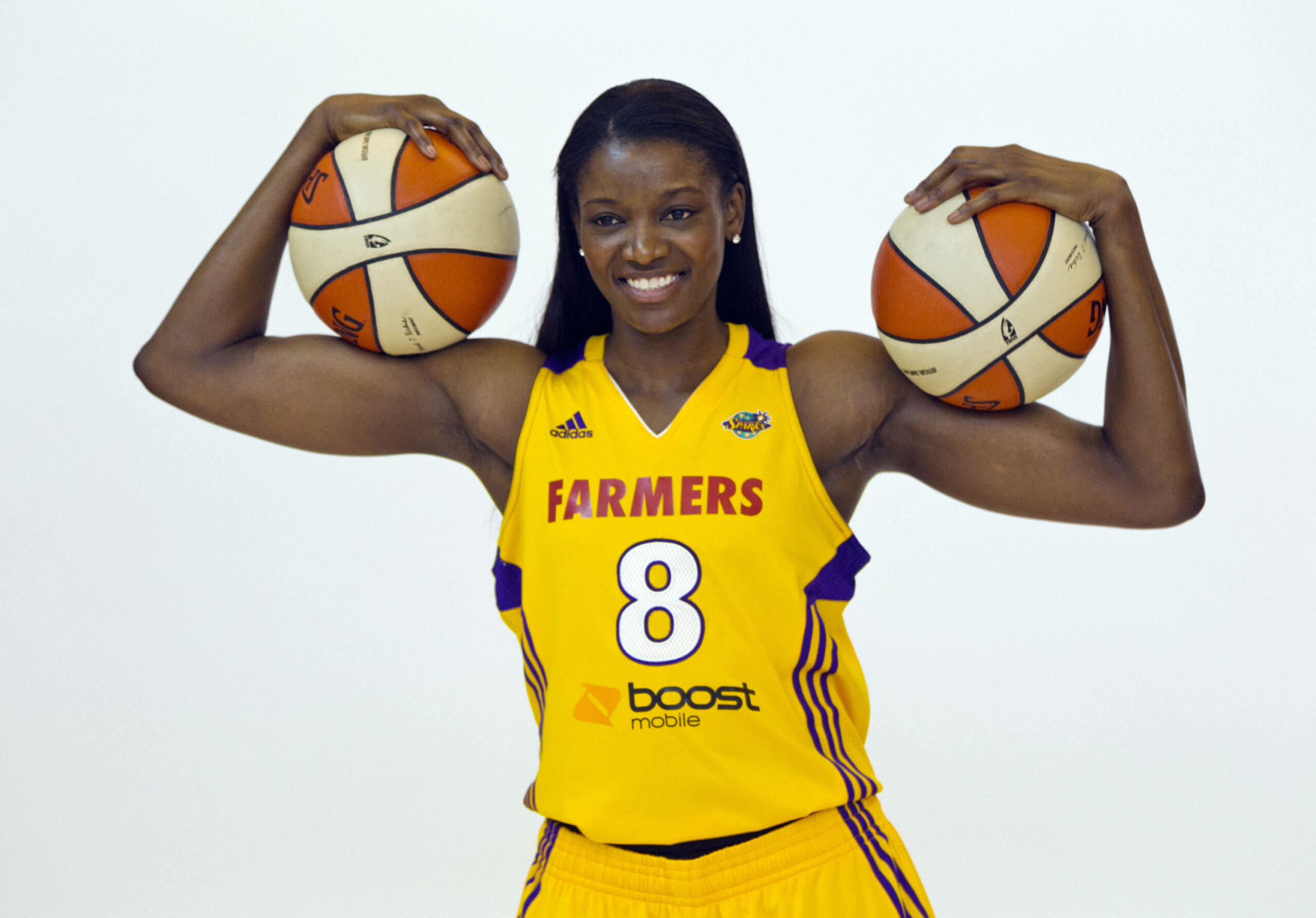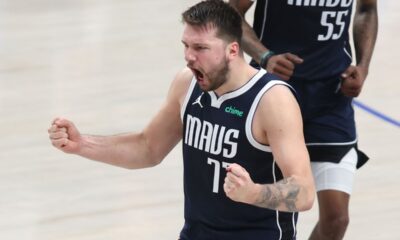- Top WNBA players earn around $500,000 each year, but they can make an additional $1 million to $1.5 million by playing in Russia
- The players said Life in Russia is lonely due to the language barrier and differences in lifestyle and there’s nothing to do apart from Basketball
- Brittney Griner is one of the players that has travelled to Russia in recent years to supplement her income
- Grinner was arrested in Russia on arrival at Moscow airport in February, and she is still in custody
Spending the offseason in Russia as a WNBA player might mean making significantly more money than playing in the United States — sometimes even two or three times as much.
However, players who have done so have described the loneliness of being away from family and friends as the major issue.

Brittney Griner is in detention in Russia. Photo/Marca
Also, navigating an unfamiliar language and culture, and living in a region with only a few hours of sunlight in the winter and temperatures well below freezing.
WHY IS THE WNBA PLAYER BRITTNEY GRINER DETAINED IN RUSSIA?
Brittney Griner is one of the players who has travelled to Russia to supplement her income in recent years. It has, however, turned into a long nightmare for the two-time Champion.
Authorities arrested Grinner on arrival at a Moscow airport in mid-February after discovering vape cartridges purportedly containing cannabis oil in her luggage.
She is still in custody and will go on trial next month on accusations that may land her in prison for ten years.
Her detention occurred when political tensions in Ukraine were at an all-time high. Since then, Russia has invaded Ukraine, and the two countries are at odds.
The Associated Press spoke with a half-dozen American players about their experiences playing in Russia.
Although none of them was in the same scenario as Griner, they cited challenges such as solitude and boredom in addition to Basketball.
“Playing there was not easy because the lifestyle and the way of living is a lot different than what you experience in other places in Europe and America,” said DeLisha Milton-Jones, one of the first marquee American players to play in Russia in the early 2000s.

Delisha Milton Jones played in Russia in early 2000s. Photo/CBC
“The extremes of the weather — it’s pitch black dark at 5 p.m. I had to wear my big jacket warming up sometimes since it was minus-40 degrees outside,” said Milton-Jones, who played for UMKC Ekaterinburg — the same team as Griner.
RUSSIAN TEAMS PAY WNBA PLAYERS A LOT OF MONEY AND OFFER THEM LUXURIOUS LIVING CONDITIONS
The decision to play in Russia was merely a “business one,” according to the former All-American at Florida, WNBA All-Star, and two-time WNBA champion with the Los Angeles Sparks.
As part of a marketing arrangement with the league in the early 2000s, top WNBA players might earn around $125,000 per year.
Elite players now earn around $500,000 each year. These players can make an additional $1 million to $1.5 million by playing in Russia.
According to the players, the Russian teams strive to make them as comfortable as possible, including supplying drivers and translators on occasion.
Players are also given more days off during breaks because they know they will have a long journey back to the United States if they return home.
The teams give players apartments similar to what they are used to in the WNBA, with Western-style kitchens and laundry facilities, as well as streaming services and video conversations.
Milton-Jones, 47, has also played in other European leagues but claims that Russia was the most lucrative at the time. None, however, have surpassed UMKC Ekaterinburg, which continues to be a popular destination for players.
Sue Bird and Diana Taurasi both spent time playing for Kalmanovich in Russia and spoke about the luxurious living conditions and travels they would provide.

Sue Bird played for Kalmanovich in Russia. Photo: The New YorkTimes
“Everything is first-class,” Bird once said. “We were staying in the best hotels.
“My experience in Russia has been amazing, to be honest,” said Breanna Stewart, who has played for Ekaterinburg since 2020. “They make sure they take care of the players by chartering everywhere.”
Connecticut sun guard Natisha Hiedeman, who spent the previous season in Russia before returning to the United States in March, said her everyday routine consisted of going to the gym and coming home. The grocery shop was the only other place she went.
“It’s just challenging going out when you can’t communicate. Everything is ten times harder,” she said. “I stayed in the house. I was fortunate that I had my dog out there, (to) do stuff with him.”
Griner’s Phoenix Mercury teammate Brianna Turner also played in Russia in 2020-21. She was a member of the Nika Syktyvkar team, located in Russia’s far northwestern European region.
Turner stated Syktyvkar didn’t have a shopping mall or many places to visit, but it did have a McDonald’s, which she frequented.
She stayed at home a lot and watched movies and television shows on her computer. She’d try to spend some time in the mall in those cities when her team was on the road.
“There wasn’t much to do outside of basketball,” she said.
“My city was very cold. When I first got there, the sunset at 3,” said Turner, from South Bend, Indiana. “The weather was a big adjustment. It was even colder. Wake up, and it would be negative 20 days in a row. It was cold every single day.”

















You must be logged in to post a comment Login